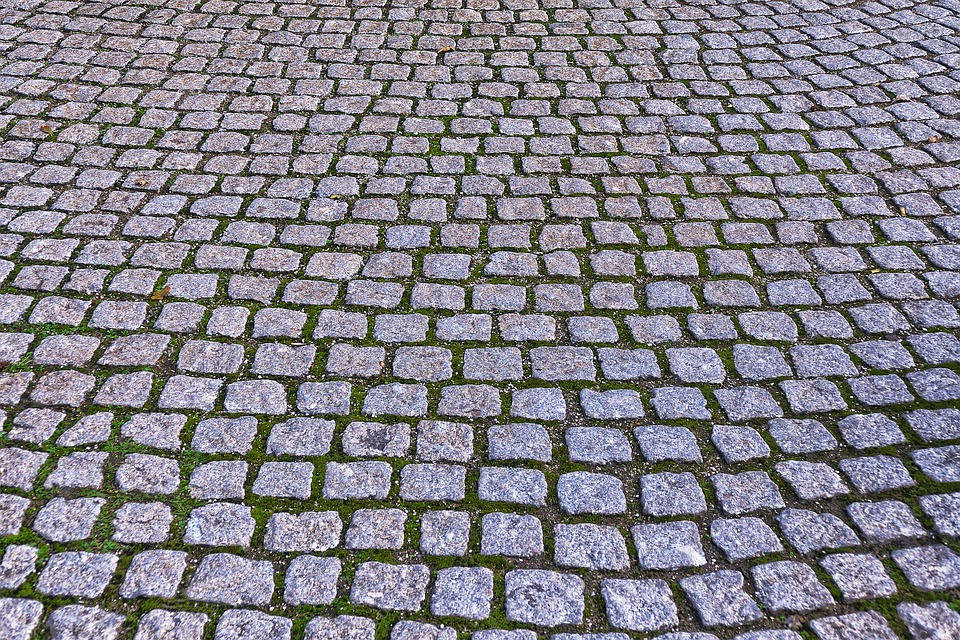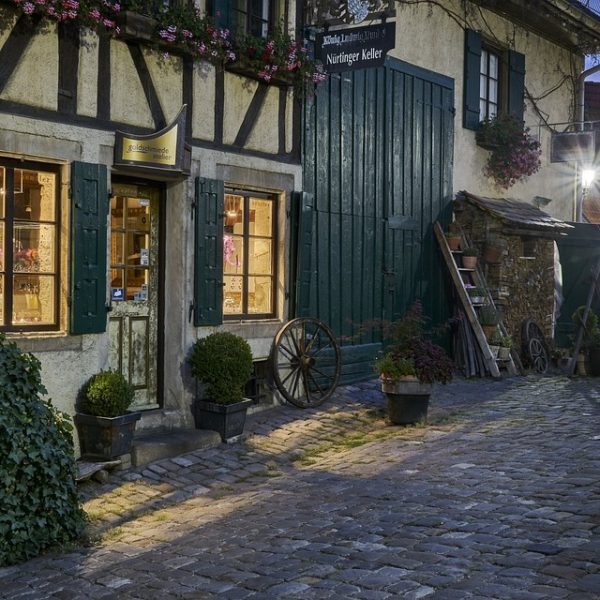
Cobblestone Road Markings: A Look at the History and Significance of This Ancient Art Form
In addition to its practical use as a building material, cobblestone has also been used as a canvas for art forms such as road markings. Cobblestone road markings have a rich history and are still seen in many cities today. In this section, we will take a closer look at the history and significance of this ancient art form.
History of Cobblestone Road Markings
Cobblestone road markings have been around since the Middle Ages. At that time, they were used to indicate the boundaries of the properties next to the roads. The designs were simple, such as a straight line, to indicate the boundary. As time went on, different designs were incorporated, such as the use of different colors and patterns.
During the 18th and 19th centuries, cobblestone road markings became more intricate and decorative. They were used to indicate the entrance to a city, the location of a building, or simply to add beauty to an otherwise plain road. The designs varied in complexity and included patterns such as stars, squares, circles, and even animal shapes.
In the early 20th century, the use of cobblestone road markings declined as cities started to pave their roads with asphalt. However, some cities, such as Amsterdam and Edinburgh, have preserved their cobblestone roads and their intricate markings.
Significance of Cobblestone Road Markings
Cobblestone road markings are more than just decorative designs on a road. They have a cultural and historical significance that can provide insight into the history of a city or region. For example, in some cities, the markings have religious significance and incorporate religious symbols such as crosses or stars.
The markings can also provide insight into the economic and social history of a region. For example, in medieval times, the markings were used to indicate the location of guilds or tradespeople. In some cities, the markings were also used to indicate the location of pubs or other social gathering places.
In addition to their cultural and historical significance, cobblestone road markings can also be seen as a form of public art. They add beauty and character to a road and can be enjoyed by everyone, regardless of their background or social status.
Cobblestone Road Markings Today
Today, cobblestone road markings can still be found in many cities around the world. They are often preserved and restored by city authorities or private organizations, as they are seen as an important part of the city’s cultural heritage.
In addition, modern artists have also incorporated cobblestone road markings into their work. They use the same materials and techniques as traditional cobblestone road markers, but incorporate new designs and styles.
Conclusion
Cobblestone road markings are an ancient art form that have a rich history and cultural significance. They add beauty and character to a road and can provide insight into the history and culture of a region. While their use has declined with the introduction of new road materials, cobblestone road markings continue to be an important part of many cities’ cultural heritage.
















